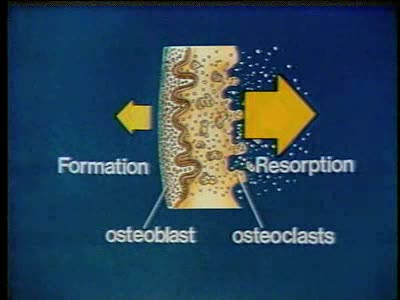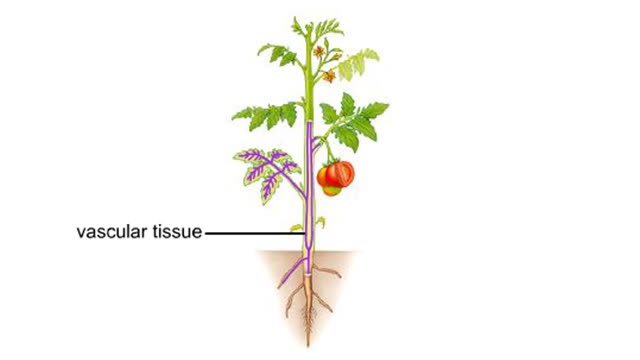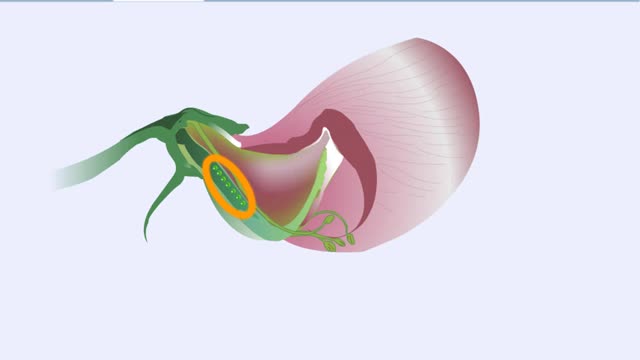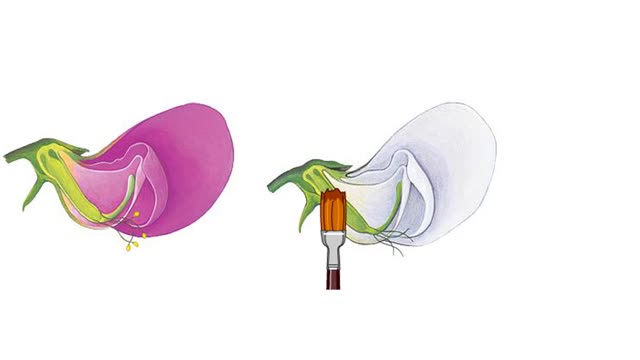Search Results
Results for: 'plant height'
By: Administrator, Views: 14433
With normal aging, individuals can lose 1.0 to 1.5 inches in height. Loss of more than 1.5 inches in height can be related to vertebral compression fractures and other issues due to osteoporosis.
By: HWC, Views: 6285
The bulk of the plant body is comprised of ground tissue. Vascular tissue threads through the ground tissue. It distributes water, solutes, and organic substances through the plant body. Dermal tissue covers and protects the surfaces of the root and shoot systems.
By: HWC, Views: 11150
Sugar snap peas were common garden plants during Mendel's lifetime and many varieties undoubtedly grew in the abbey gardens. An avid gardener. this is where Mendel first made observations about pea plants. He noticed that certain characteristics of peas were passed from generation to generation. ...
Mendel's pea plant, Pisum sativum experimental
By: HWC, Views: 9658
Mendel chose the garden pea plant, Pisum sativum, for experimental tests of his ideas about inheritance. Under normal circumstances, the garden pea plant is self-fertilizing. This cross-section shows the gamete-forming structures. Sperm-producing pollen grains form in the stamens. Eggs deve...
Transferring genes into plants Animation
By: HWC, Views: 9198
Researchers extract DNA from an organism that has a trait they want to introduce into a plant. The genetic donor can be a bacterial cell, a plant cell. or even an animal cell. The desired gene will be transferred into a plasmid, a small circle of bacterial DNA. The gene is cut out of th...
Plant Defense Mechanisms from Pathogens
By: HWC, Views: 11152
Plants and pathogens have coevolved such that pathogens can recognize plants by the sugars, or other molecules, they produce. Plants, in turn, can recognize pathogens by the molecules they produce. The ability to recognize pathogens allows plants to activate defense systems that can prevent wides...
Cognitive development by Piaget (Preoperational stage or intelligence)
By: HWC, Views: 10811
The next stage of cognitive development proposed by Piaget, is the preoperational stage, roughly between the ages of 2 and 7. At this stage Piaget asserted that a child has what he called preoperational intelligence. hey can mentally representing objects, but do not have a system for organising...
By: Administrator, Views: 14819
Genetics is a branch of biology concerned with the study of genes, genetic variation, and heredity in organisms. Gregor Mendel, a scientist and Augustinian friar, discovered genetics in the late 19th-century. Mendel studied "trait inheritance", patterns in the way traits are handed down from p...
Mendel's Principles of Inheritance (Father of Genetics)
By: HWC, Views: 11454
Gregory Johann Mendel, a monk living in the mid-1800's, is known as the "Father of Genetics" for his experiments with pea plants in the abbey garden. These experiments led him to deduce the fundamental law of genetics. Mendel was an Augustinian friar who entered, in 1843, the Abbey of St. Thom...
Advertisement











